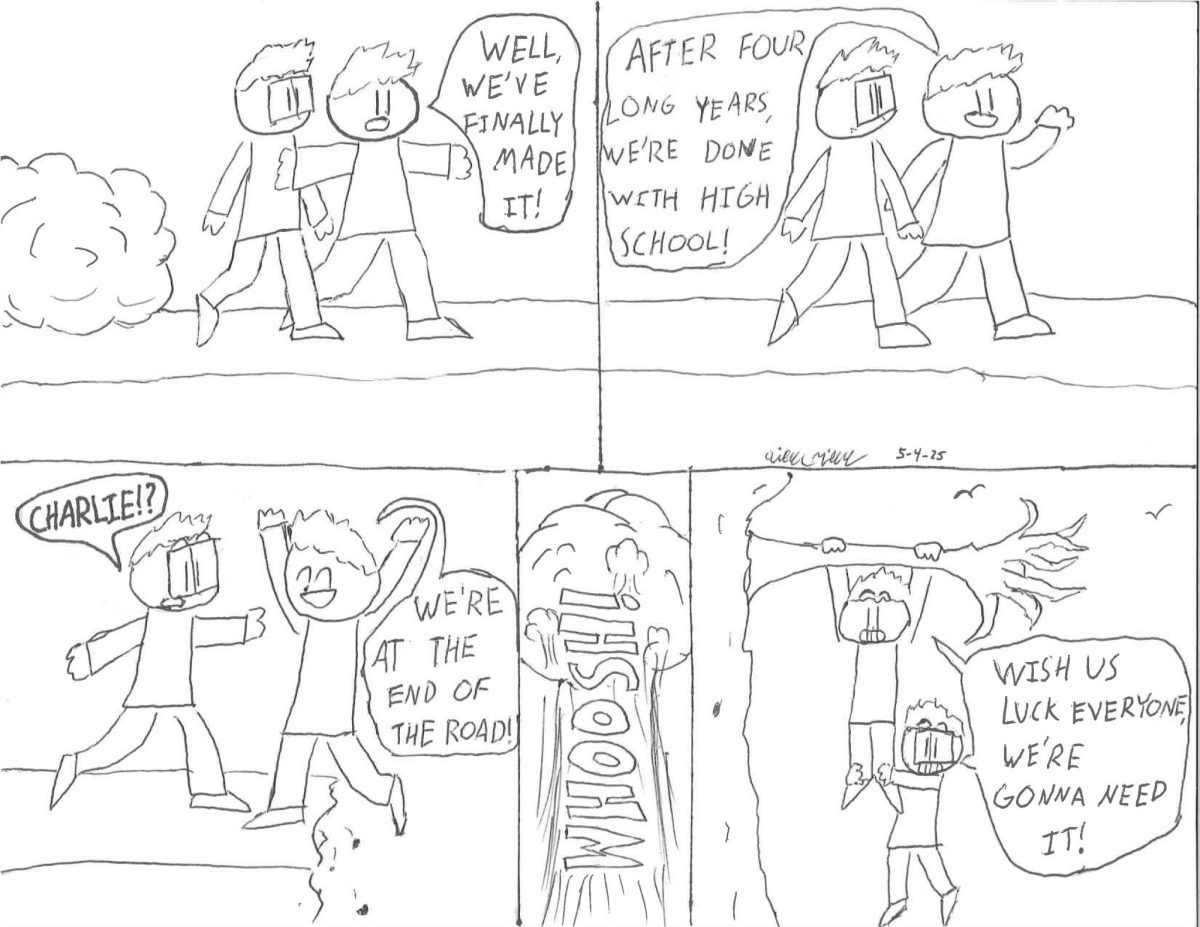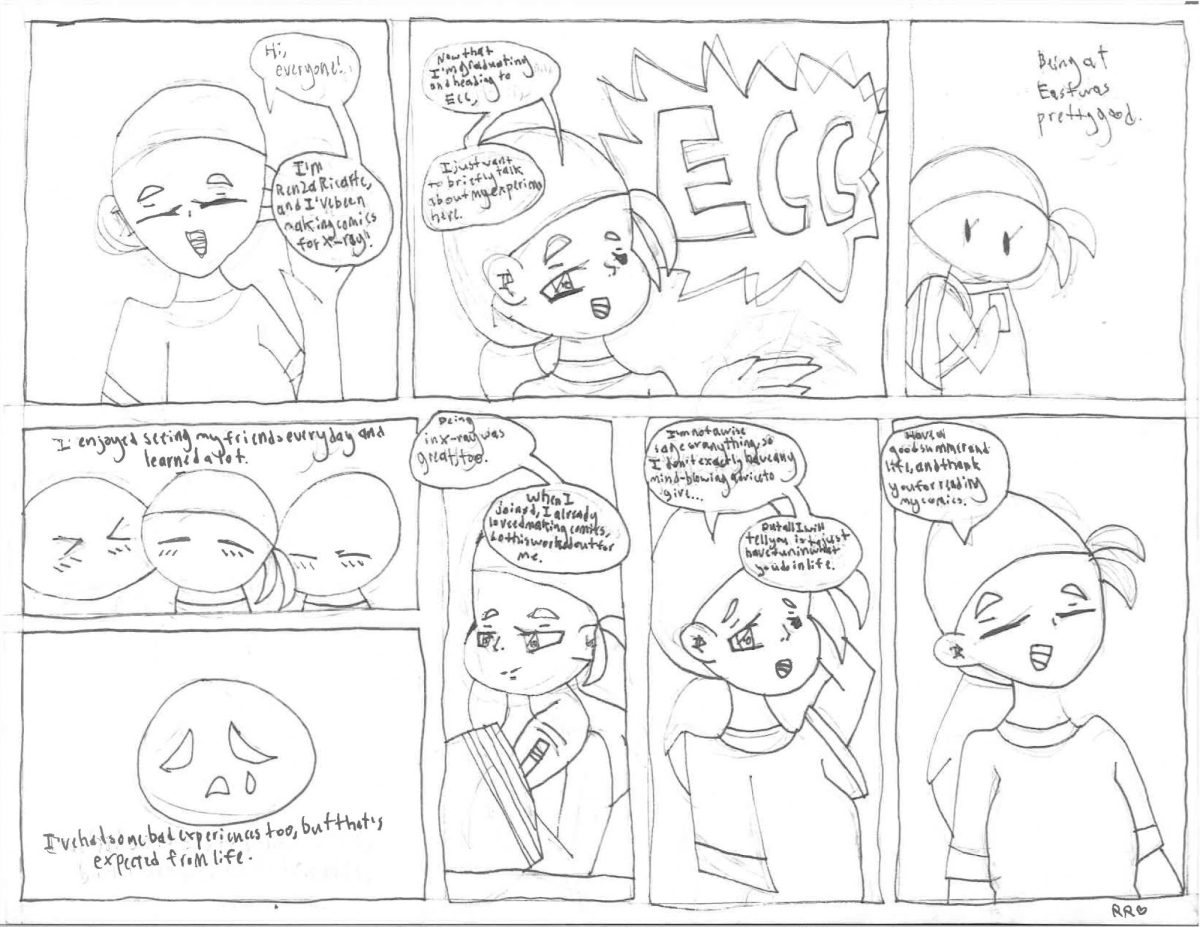Since 2008, the month of September has been dedicated to acknowledging those who have been impacted by suicide, raising awareness for suicide warning signs and highlighting resources to help those who struggle with suicidal ideation.
The CDC released the most recent Suicide Data and Statistics report in August of 2023. The report, based on provisional data, included the number of deaths by suicide, the 2022 suicide rate, and statistics about suicide rates by demographic.
According to the CDC, there were 49,449 suicides in the USA in 2022, yielding a 2.6% increase in suicide. Although the percentage change revealed females to have a bigger increase in suicides in 2022 (3.8% increase, 10,194 deaths), raw numbers suggest a much more complex issue for males. Males in the US saw a 2.3% increase in suicide, putting their numbers at 39,255 deaths in 2022.
A graphic from the CDC’s August report revealed that nearly every racial/ethnic group (aside from American Indian or Alaska Native) saw an increase in suicide rates. The same was said for nearly every age group—besides the group including ages 10-24, which saw an 8.4% decrease.
Last March, the X-ray staff conducted research to write an investigative piece on the CDC’s report on inflated rates of depression in teen girls. To gather our own statistics, a survey was distributed to all AP Psychology classes that ran throughout the school day. This year, on Friday, Sept. 29, a similar version of the survey that was given last year to gauge the state of mental health at Saint Charles East was distributed to this year’s AP Psychology students.
“I think that there’s a lot going on. I think in general, this generation of students has more to deal with and more pressure from society than any other generation,” detailed East Student Support Specialist, Shauna Wolf, who works primarily in crisis intervention within the school.
When asked to estimate the total number of deaths by suicide in the US in 2022, no respondents approximated a lower number than the number in the report given by the CDC.
The survey also touched on East-specific topics. When asked about the prevalence of mental health issues at East, 72% of AP Psychology students reported that they were either prevalent or very prevalent.
Some survey respondents also give insights on factors that could be contributing to mental health struggles amongst students at East. Some of the most common answers included stress from homework and school, and pressure from social groups and adults to succeed. Other answers, though, suggested other things playing a role. Social media, a lack of support from adults, stigmatization, and “people” all made the cut, multiple times.
“Home issues piled on top of copious amounts of homework, studying, extracurriculars [and] a large lack of sleep. High schoolers don’t have enough time to address mental health issues, let alone make any attempt at combating them,” one respondent said.
“Overall stress and many adults lacking the room to understand,” another survey respondent highlighted.
Similarly, Mrs. Wolf also had something to say about the role of adults and the pressure to succeed in the mental health of students at East. When asked about factors contributing to students’ mental health, she said, “I would say the parental involvement or lack of involvement, and there’s a pressure here to do a lot; do a lot of really good things, to have high achievements.”
Courtney Pupich, one of the school’s social workers, noted that “[Students] are so overscheduled. I think that [students] have a lot more pressure on [them]. It’s like everyone’s in a sport or activity, and [they] never had the opportunity to manage [themselves].”
AP Psychology students and members of the East support team suggest ways to combat the mental health epidemic on a local scale.

While factors contributing to the state of mental health at East are quickly picked up on by students and staff, finding ways to “heal” the ever-growing damage that deteriorating mental health leaves proves to be a more difficult task.
While many survey participants left question five, the question regarding what we can do to support those who are struggling with their mental health, on our survey blank, some students have identified ways in which we can work to combat mental health struggles.
Some students suggest that a change in attitude is the best way to help those struggling with their mental health at school.
“Reduce the stigma and fear of being judged. Change our attitudes around offensive and harmful jokes,” said one participant.
Another student noted “People are so [hung] up on things that don’t matter. I like to think perception is reality, you have to try to be positive and enjoy the little things.”
Others have a different approach.
“A lot of people won’t open up about their mental health, and [may] never. So, without pressuring the student to open up, how can we guarantee help if they won’t allow it?” one respondent said.
“Most of us don’t want to talk about it, so the question is, can you even help and not what you can do to help,” another survey respondent noted.
For others, crushing the stigma is the best place to start.
“Let mental health be a topic that we can talk about. We shouldn’t have to conceal it,” a survey participant suggested.
Another student said, “Make it known that it’s fine to come forward with mental health problems.”
“We could be more open-minded to others to allow a safe space for those struggling,” another respondent answered.
Mrs. Wolf stated “I think there’s a lot more understanding of what needs to be done and that there is help out there. I think the stigma is still there, but I think it’s better than it ever has been here at East.”
A call for better understanding and more kindness shows up as a main theme
During my research, a theme that came up many times was a lack of understanding; whether that be student to student or student to adult.
Some survey respondents noted a potential disconnect between adults and students. One participant said that one way to combat mental health struggles in East students could be “Making sure teachers know that we do care and we are trying, but don’t want to stay up [until] 2 am trying to get homework and studying [done].”
“It’s not just about math or English or the subject with a grade, it’s about the whole person, because [students] are never going to be able to learn if [they’re] not feeling, you know, good. If [students] are depressed or struggling with [their] mental health, [they’re] not going to be in a good place to take information in,” said Mrs. Pupich. “We have to treat each other with kindness and just try to remember that everyone has something they are going through.”
“You never know what a person is going through,” said Mrs. Wolf. “Even in joking or teasing, we may say something that hurts somebody, so I think being kind is huge.”
When asked about what teachers can do to support their students who may be struggling with their mental health, Mrs. Wolf and Mrs. Pupich both shared insights.
“If [teachers] know that there is something that a student is struggling with, and it’s beyond their scope of support, then refer the student down [to student services] so we can connect with that student to support them in the best way we can,” Mrs. Wolf suggested. “It just comes down to understanding that there are so many different factors in people’s lives that may be affecting what kind of student they are.”
Mrs. Pupich stated, “[Teachers] are supposed to be pushing social-emotional learning in your classrooms.” She explained how teachers can fill out the anonymous Student Services Support form, under the “Students” tab of the East website if they are concerned about a student, and student services will take it from there.

Resources to help those struggling with their mental health exist, but are they accessible enough?
The number of resources to help people struggling with mental health issues has increased in recent years. 29% of survey participants argued that although resources do exist, they aren’t easily accessible. But how do we make existing resources more accessible?
“We have support systems at school but I think students are afraid to reach out because they question the discreteness or legitimacy of the resources,” one survey participant highlighted.
One student suggested that “Having more outlets that don’t make kids feel singled out,” may help.
Other students suggested things such as assemblies regarding mental health, therapy groups, mental health weeks that are dedicated to promoting attention toward mental health, and quicker access to existing resources as the need arises to make mental health care more accessible and student-friendly.
Other students suggested that one of the best resources is oneself.
“Taking a step back from the grind, and taking a moment to evaluate our feelings and mental state would be such a good help,” one respondent noted.
It is possible that much of accessibility circles back to destigmatization. One student stated that we should “Simply acknowledge that [mental health] exists and work towards showing everyone that you can reach out for help, no matter how small a problem may seem.”
The future of mental health and destigmatization: an area that needs improvement
As a society, we have become more aware of mental health. We have made an effort at our school to equip students with the tools they need to be supported during times of need. Whether this shows up in health class curriculum, SEL surveys, or the student support website, education regarding mental health issues and resources to seek help for them exist. We had the capacity to make the adjustments necessary to be able to incorporate mental health into our school environment, and even as a society, however, the area that requires the most work as of now is destigmatizing it. As the conversation surrounding mental health grows louder, we need to dig deeper. It is so important to reflect on the lives we should have saved had the environment and attitude towards mental health struggles been ones of positivity, empowerment and support been normalized.








